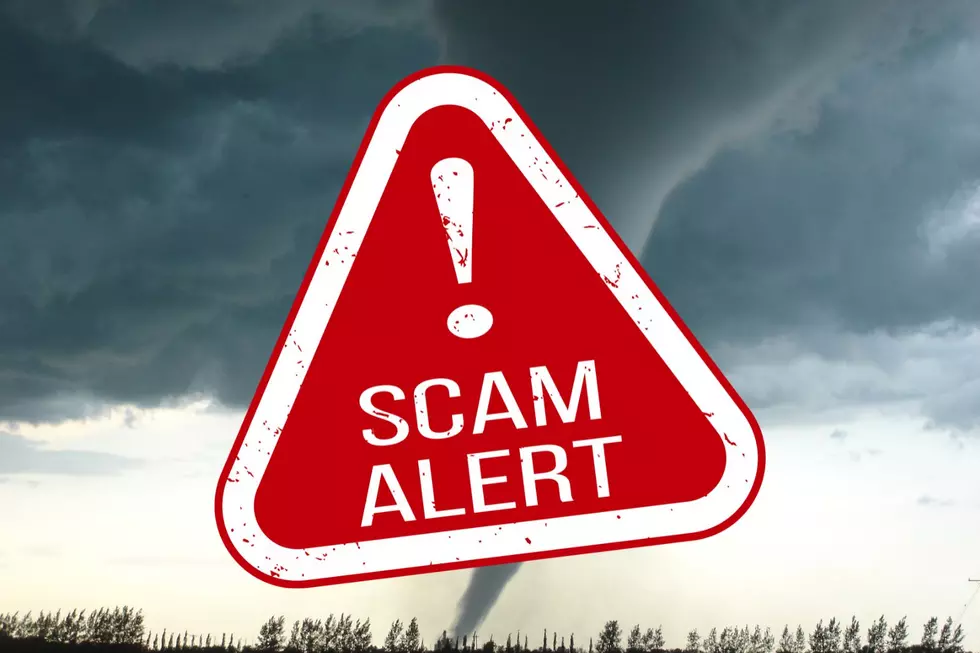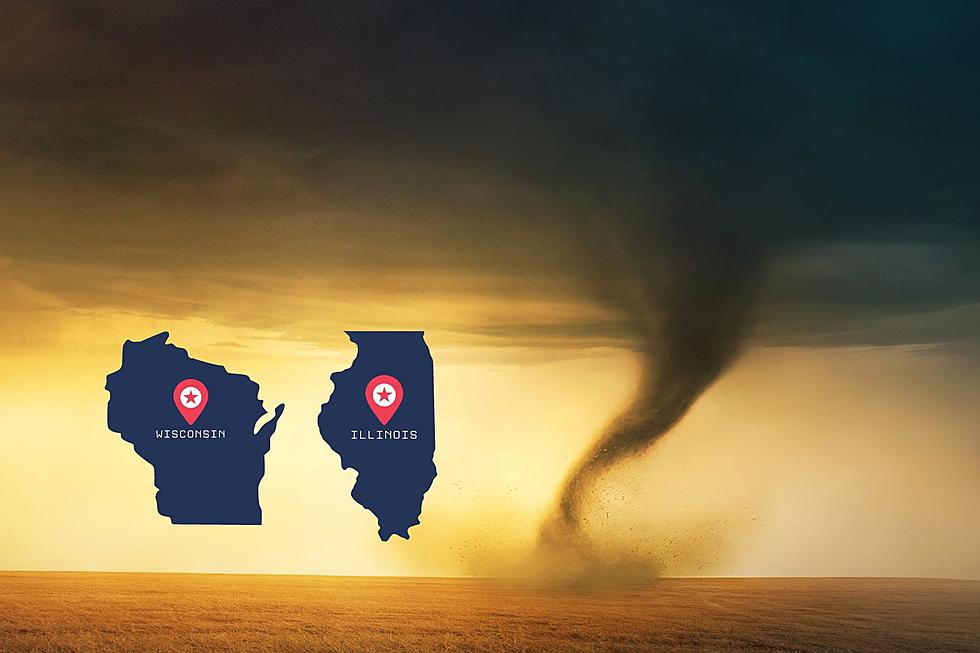
Iowa Has a new Winter Weather Warning This Season
November 7 is 'Winter Weather Awareness Day' and this season the National Weather Service is adding a new winter warning known as the ‘Snow Squall Warning.’
It’s an intense, short-lived burst of heavy snowfall that leads to a quick reduction in visibility and usually features gusty winds, which could lead to whiteout conditions.
A Snow Squall Warning will be fit the specific storm and area impacted, not county based, and will last 30 to 60 minutes.
The NWS says that these will be rarely issued, but if you see this warning issued it will be best to avoid travel in that area for a few hours. They will be issued for bands of heavy snow rather than widespread snow showers.
As for the other Warnings surround the Winter Season:
A Winter storm warning’s criteria includes:
Sleet: ½” or more
Snow: 6” or more in 12 hours or 8” or more in 24 hours
Any combo of the above precipitation with winds greater than 25 MPH
What defines a Blizzard?
Winds gusts of 35mph or higher with ¼ mile visibility (or less) for a duration of 3 hours or longer
Blizzards are NOT based on snow, They are based on winds and visibility.
Winter Weather Advisories are issued when snow, blowing snow, ice, sleet, or a combination of these wintry elements is expected but conditions should not be hazardous enough to meet warning criteria.
https://www.weather.gov/safety/winter-ww
- A winter storm watch indicates that severe winter weather may affect your area.
- A winter storm warning indicates that severe winter weather conditions are definitely on the way or are already here.
- A blizzard warning means that large amounts of falling or blowing snow and sustained winds of at least 35 miles per hour are expected for several hours.
- A blowing snow advisory is issued when wind-driven snow reduces surface visibility, possibly hampering travel.
- A wind chill advisory is issued when the wind chill could be life threatening if action is not taken.
- A wind chill warning is issued when the wind chill is life threatening.
- A freezing rain/drizzle advisory is issued when freezing rain or freezing drizzle is forecast but a significant accumulation is not expected. However, even small amounts of freezing rain or freezing drizzle may cause significant travel problems.
More From 104-5 KDAT









